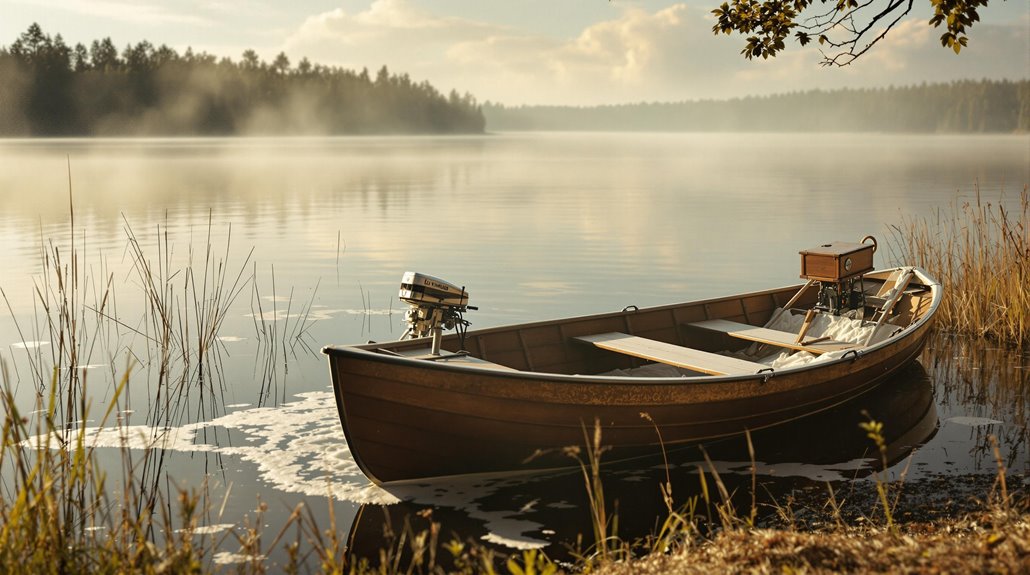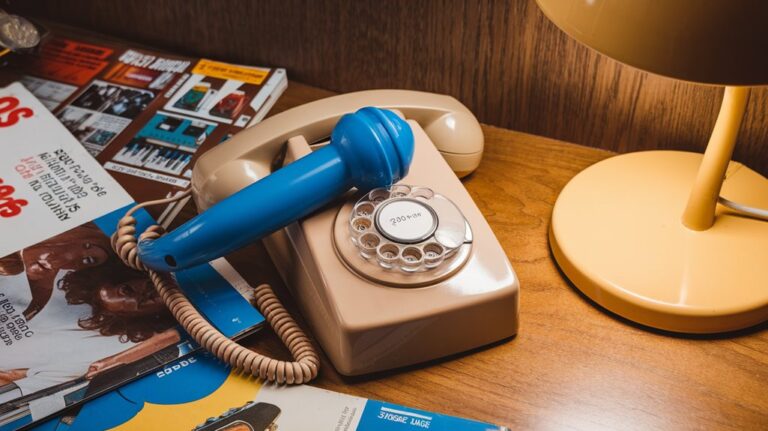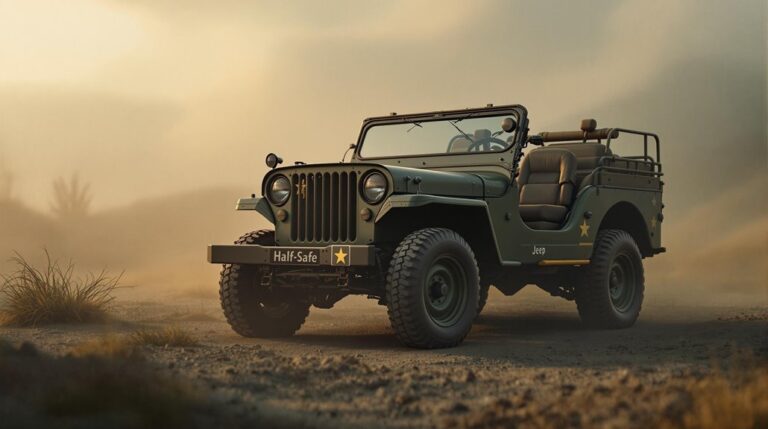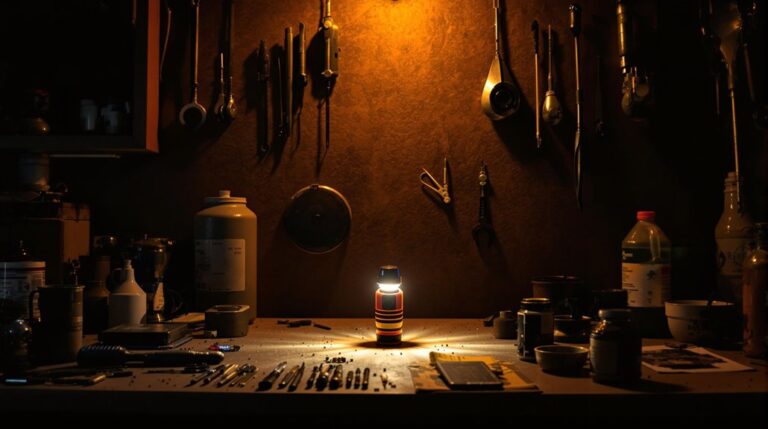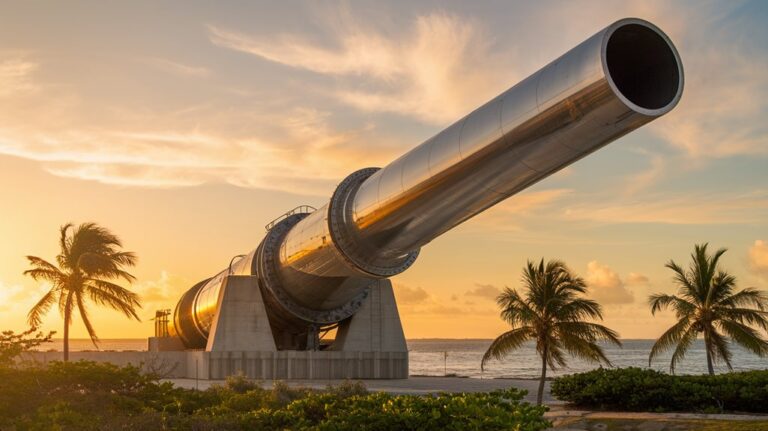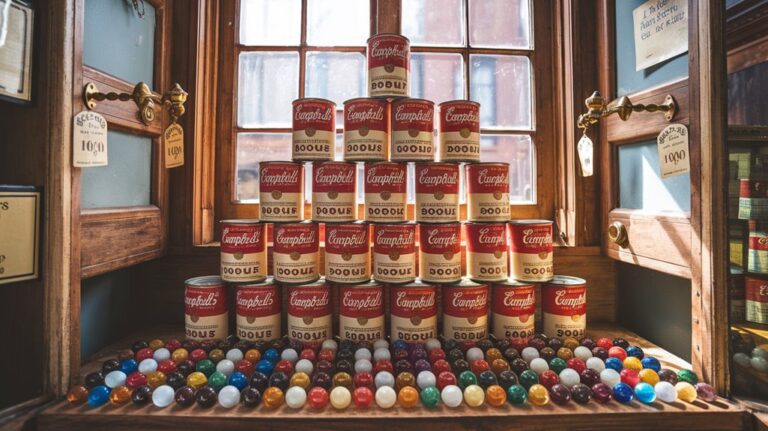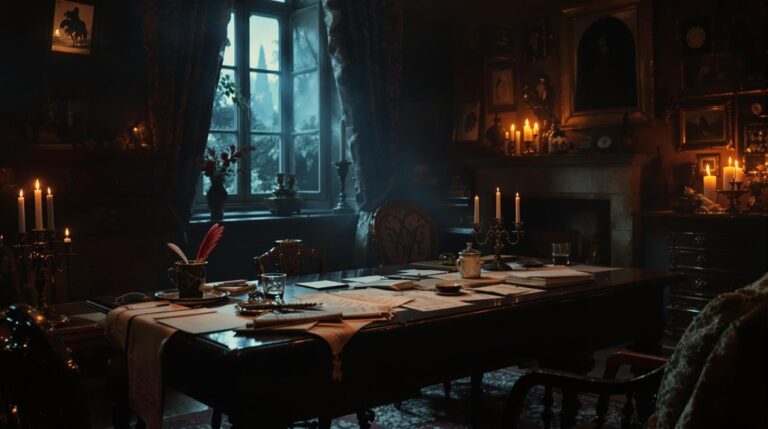Ole Evinrude’s Melting Ice Cream Rescue: Inspiring the First Outboard Motor
You've probably never considered how melting ice cream could spark a revolutionary invention, but that's exactly what happened on a scorching Wisconsin day in 1906. When Ole Evinrude watched his fiancée's dessert turn to soup after his lengthy rowing expedition, he didn't just feel disappointment – he saw an opportunity. His quest to solve this simple problem would transform recreational boating and launch a multimillion-dollar industry that's still making waves today.
A Norwegian Boy's Journey to America
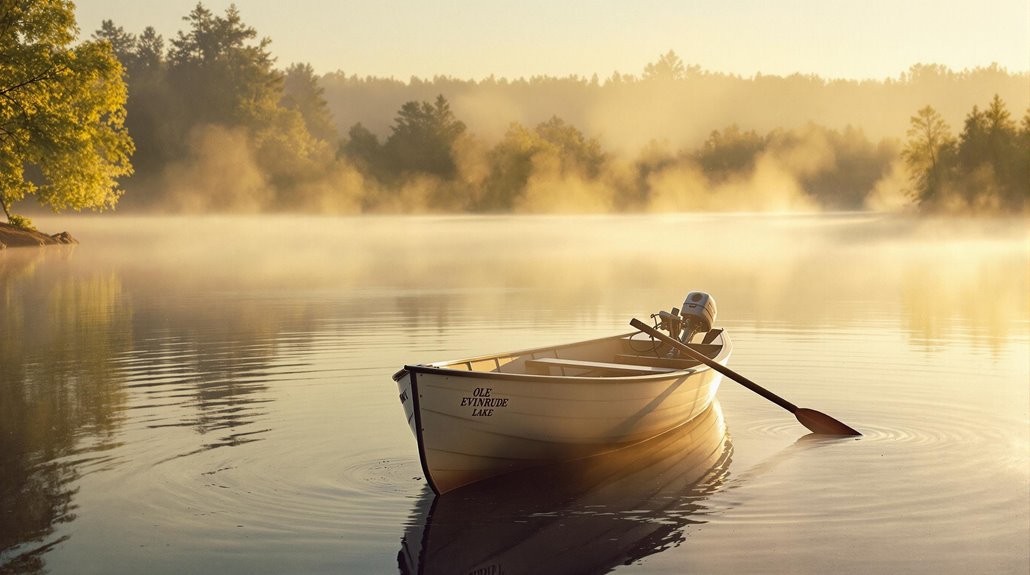
While many immigrants arrived in America seeking opportunity, Ole Evinrude's journey began at just five years old when he left his family's farm near Oslo, Norway. Born as Ole Andreassen Aaslundeie in 1877, his Norwegian heritage would shape his earliest childhood memories.
You'll find it fascinating that his first recollection was of the family's emigration itself, particularly the time he spent in the ship's engine room during the crossing.
His father had already blazed the trail in 1881, settling in Cambridge, Wisconsin, where the rest of the family joined him a year later. Near Lake Ripley, young Ole adapted to his new American life, working on the family farm and attending local schools while maintaining strong ties to his Scandinavian roots. His early education was brief, as he soon abandoned grade school to pursue practical, hands-on work experience. His mechanical ingenuity would later lead him to spend three years developing the first mass-produced outboard motor.
Love, Ice Cream, and a Lake in Wisconsin
Although Ole Evinrude's life had already taken many turns, a sweltering August day in 1906 would change boating history forever.
Born and raised in Norway, Ole immigrated to America seeking new opportunities.
You'd find Ole and his fiancée Bess Cary sharing one of their romantic adventures on an island in Wisconsin's Okauchee Lake, 2.5 miles from shore. When Bess craved summer treats and asked for ice cream, Ole didn't hesitate to help.
You can imagine Ole's determination as he rowed through the scorching 90-degree heat, only to watch the ice cream melt on his return journey. The grueling 5-mile round trip tested his resolve, but it sparked an innovative idea.
Drawing from his experience as a skilled machinist apprentice, Ole devoted himself to creating a solution that would revolutionize boating.
As he questioned the need for rowing boats, Ole remembered a previous order for portable motors, inspiring him to develop the first practical outboard motor over the next three years.
From Frustration to Innovation: Birth of the Outboard Motor
Before Ole Evinrude created his revolutionary outboard motor, he'd spent years honing his engineering skills in Wisconsin's factories and machine shops.
His frustration sparks came during a 1906 picnic when he'd to row across Okauchee Lake to get ice cream for his fiancée Bess, only to watch it melt on the return journey.
This experience launched Evinrude's innovation journey, leading to three years of intense development.
By spring 1909, he'd perfected a 1.5 horsepower, single-cylinder motor that weighed 62 pounds.
After testing it in Milwaukee's Kinnickinnic River, he launched his first production run of 25 motors.
You'd be amazed to know that he sold them all in one day at Pewaukee Lake, and immediately received orders for more.
With the help of his wife Bess, who managed the office and marketing operations, the Evinrude brand quickly grew into an international success.
By 1947, Evinrude faced competition from fourteen other companies in the expanding outboard motor market.
Building an Empire: The Evinrude Motor Company
Three pivotal factors transformed Evinrude's small workshop into an industrial powerhouse: innovative engineering, perfect timing, and savvy business decisions.
You'll see this reflected in Evinrude's remarkable business expansion from 1909 to 1913. After introducing their groundbreaking 1.5 hp outboard motor, they quickly scaled to 300 employees by 1912.
The company's technological advancements kept pace, particularly with their 1919 twin-cylinder aluminum motor and the revolutionary four-cylinder outboard in 1928. Ole Evinrude's original vision of creating the first outboard motor in 1907 set the foundation for decades of marine innovation.
The inspiration came when Ole made a hot summer trip across a Wisconsin lake to get ice cream for his future wife, and he realized a motor-powered boat would have made the journey much faster.
When the Evinrudes sold their company to Chris Meyer in 1913, they weren't finished innovating. They launched ELTO Outboard Motor Company in 1921, which later merged into the industry-leading Outboard Marine Corporation in 1929.
Through strategic acquisitions like Johnson Motors in 1935, they'd built an empire that would dominate marine propulsion for decades.
Revolutionizing Recreational Boating Forever
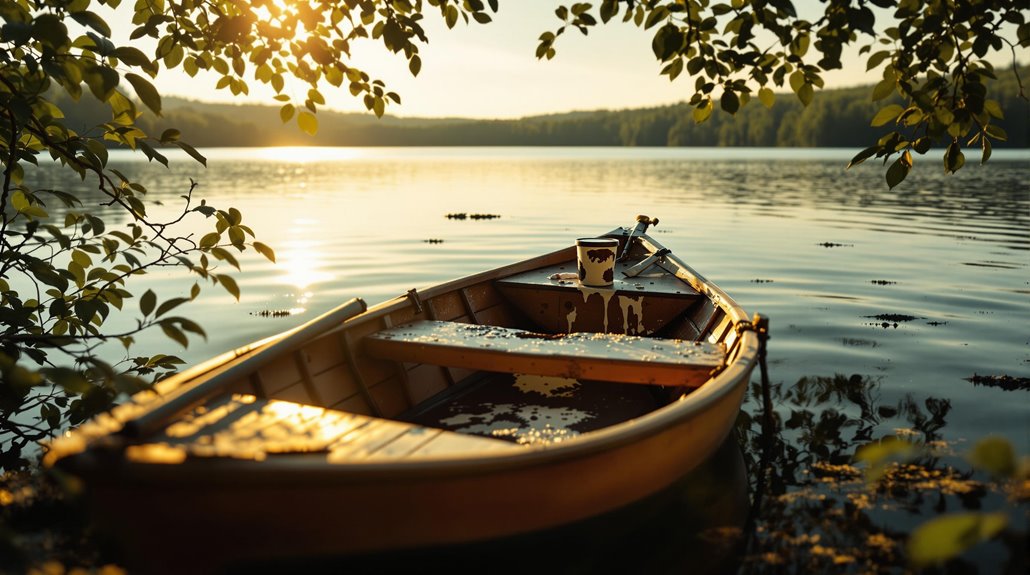
The invention of the outboard motor didn't just build a business empire – it transformed how people experienced water forever.
You'd no longer need impressive rowing strength to enjoy a day on the lake, as these engines dramatically improved boating accessibility for everyone.
The impact on recreational efficiency was remarkable. You could now venture further from shore, explore new fishing spots, and respond quickly to emergencies. Today's engines from Yamaha and Mercury continue this legacy of reliable performance.
Whether you wanted to fish in shallow waters or race across open lakes, outboard motors made it possible with their nimble handling and quick acceleration.
Beyond personal enjoyment, the innovation sparked economic growth in lakeside communities, created a thriving industry, and revolutionized vessel design.

